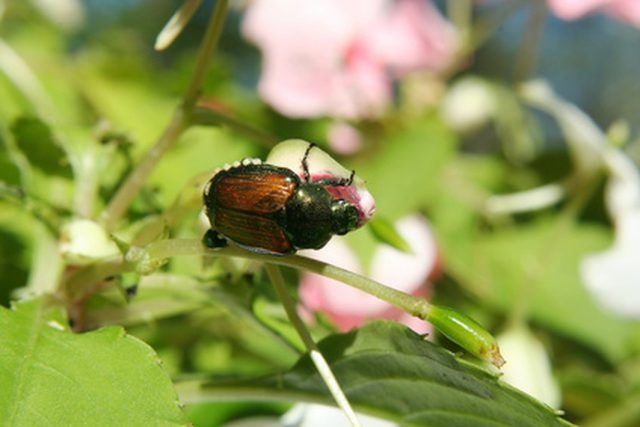Bulbs
Flower Basics
Flower Beds & Specialty Gardens
Flower Garden
Garden Furniture
Garden Gnomes
Garden Seeds
Garden Sheds
Garden Statues
Garden Tools & Supplies
Gardening Basics
Green & Organic
Groundcovers & Vines
Growing Annuals
Growing Basil
Growing Beans
Growing Berries
Growing Blueberries
Growing Cactus
Growing Corn
Growing Cotton
Growing Edibles
Growing Flowers
Growing Garlic
Growing Grapes
Growing Grass
Growing Herbs
Growing Jasmine
Growing Mint
Growing Mushrooms
Orchids
Growing Peanuts
Growing Perennials
Growing Plants
Growing Rosemary
Growing Roses
Growing Strawberries
Growing Sunflowers
Growing Thyme
Growing Tomatoes
Growing Tulips
Growing Vegetables
Herb Basics
Herb Garden
Indoor Growing
Landscaping Basics
Landscaping Patios
Landscaping Plants
Landscaping Shrubs
Landscaping Trees
Landscaping Walks & Pathways
Lawn Basics
Lawn Maintenance
Lawn Mowers
Lawn Ornaments
Lawn Planting
Lawn Tools
Outdoor Growing
Overall Landscape Planning
Pests, Weeds & Problems
Plant Basics
Rock Garden
Rose Garden
Shrubs
Soil
Specialty Gardens
Trees
Vegetable Garden
Yard Maintenance
Is Milky Spore the Best Grub Killer?
Is Milky Spore the Best Grub Killer?. If grubs are turning your lawn from a plush oasis to a brown desert, you're probably anxious to get rid of them. Milky spore is one of the solutions touted by garden experts as being environmentally friendly and effective. However, there are some disadvantages to using this bacteria to cure your lawn and plenty...

If grubs are turning your lawn from a plush oasis to a brown desert, you're probably anxious to get rid of them. Milky spore is one of the solutions touted by garden experts as being environmentally friendly and effective. However, there are some disadvantages to using this bacteria to cure your lawn and plenty of alternatives if you decide to combine treatments or abstain from using milky spore altogether.
Milky Spore
Milky spore is a bacteria originally developed by the United States Department of Agriculture to kill grubs, especially scarab beetle larvae. It is so named for the milky white appearance it gives to infected grubs that digest the spores. The bacteria works by eating the grubs from the inside out. Milky spore comes in powder form and should be applied 1 teaspoon every 4 feet in a checkerboard design. You can apply it once the fear of frost is over.
Grubs
Grubs are the larvae form of Japanese beetles or European chafer beetles. The beetles were accidentally introduced to the United States in the early part of the 20th century, originating in New Jersey in 1916 and spreading outward until their destruction was evident in half of the contiguous states. The larvae of the beetles dine on grass roots, causing bare, brown spots in the lawn. Once they become adults they eat plants and flowers, causing mass destruction to your garden area.
Benefits
Milky spore need only be applied once and the benefits can last 10 to 20 years depending on the pest. It is not harmful to humans, plants or animals. The bacteria is also harmless to most beneficial insects. Milky spore can be purchased at your local greenhouse or on-line.
Disadvantages
Milky spore is costly and only works over time, not immediately. Thus, you will need to use another pesticide until spores build up in your yard.
Alternatives or Additions
Carbaryl and trichlorfon are two chemical ingredients that can rid your lawn of these hungry pests in a matter of days. However, they may be harmful to children and pets.
Tobacco is a common organic pesticide. Mixed with water, it can be sprayed onto plants to protect them from a variety of insects. Garlic, horseradish, cayenne and hot peppers, and spearmint, when crushed and mixed with water, can be used to cover plants and protect them from bugs.
Another natural solution is to use diatomaceous earth. This organic pesticide will kill most bugs without harming animals, plants or children. It is made by grinding up fossilized water plants. Its razor-sharp yet microscopic edges cut up insects when they walk through the dust. Mix it into the top layer of dirt surrounding the bare spots in your lawn for a quick solution.